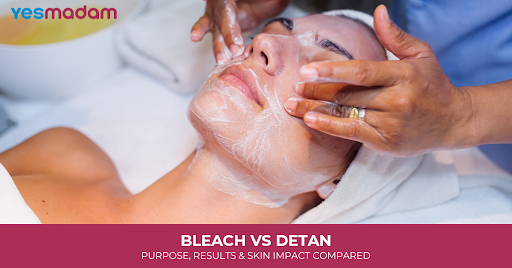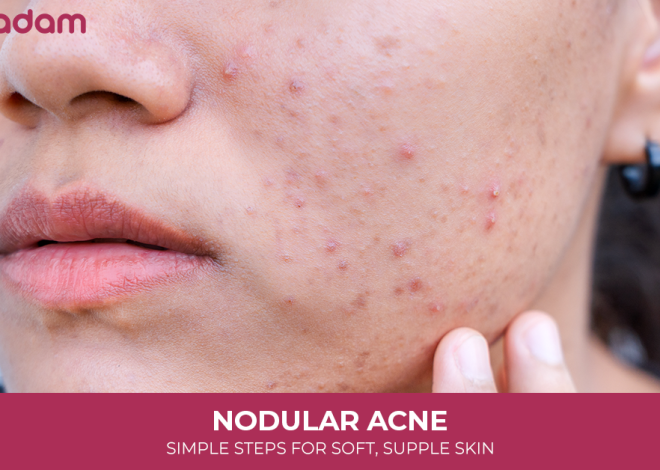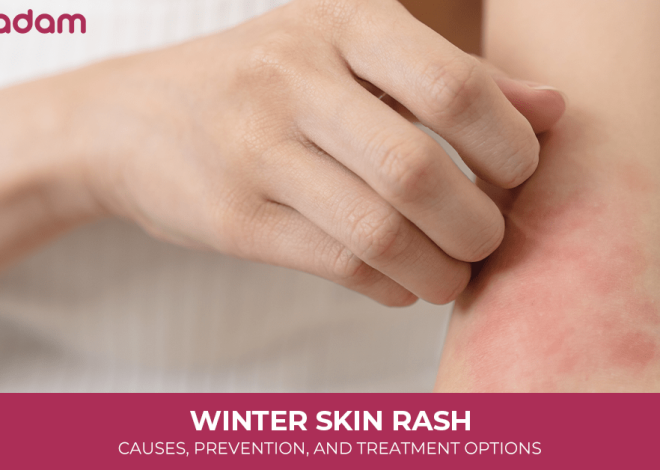
Bleach vs DeTan: Purpose, Results & Skin Impact Compared
In the never-ending quest to get radiant and flawless skin, people often turn to bleaching and D-tan treatments. These help address skin tan and are the best bet for a brighter, even skin texture.
But to get the best results, it is important to know the differences between these two products, or rather, the processes.
While both processes are meant to lighten or brighten the skin, they work in distinct ways and are suitable for different skincare purposes.
This guide on Bleach vs Detan will help you explore the real differences between these two in terms of meaning, pros, and cons that can help you make the right choices for your skincare routine.
Table of Contents
Bleach vs Detan: Understanding the Difference
Before going into the crucial aspects of the difference between detan and bleach, or analyzing which one is better, it’s important to understand the basics of both to make informed choices for your skin.
What is Skin Detan Treatment?

A detan treatment uses exfoliating agents like lactic acid, glycolic acid, or salicylic acid to remove tan, dead skin cells, and pigmentation from your skin’s surface. This will help brighten the complexion and minimize the appearance of dark spots or hyperpigmentation due to sun exposure.
What is Skin Bleach?

Skin bleaching includes the use of chemical agents that lighten the skin by decreasing melanin, the pigment that gives your skin its true colour. Some of the commonly used bleaching agents include kojic acid, hydroquinone, and certain types of acids. The process is specifically effective in lightening blemishes, dark spots, and discoloration.
Difference Between Bleach and Detan

Bleach and De-tan products target skin discoloration differently.
Here’s a more detailed breakdown:
Bleach:
Mechanism: Bleach works by oxidizing melanin, the pigment responsible for skin and hair colour, effectively lightening both.
Action: It primarily targets melanin to lighten the skin tone and can also lighten its colour.
Effect: Bleach can provide a temporary lightening effect but may not address the underlying cause of skin discolouration, such as sun damage or hyperpigmentation.
Risks: Bleach can be harsh, especially for sensitive skin, and frequent use can lead to dryness, irritation, and increased sun sensitivity.
De-tan:
Mechanism: De-tan products typically use gentle exfoliants and ingredients that help remove the outer layer of tanned skin, revealing the brighter skin underneath.
Action: They focus on exfoliating dead skin cells, reducing melanin production, and promoting cell turnover to restore the skin’s natural tone.
Effect: De-tan treatments aim to reduce the appearance of tan, sunspots, and uneven skin tone caused by sun exposure, resulting in a brighter, more even complexion.
Benefits: De-tan treatments are generally considered safer and more beneficial for skin health, as they help remove dead skin cells, unclog pores, and promote skin rejuvenation.
How to Apply Bleach or Detan? Step-by-Step Procedure
Understanding the step-by-step procedure of how to apply bleach or detan is yet another effective way of differentiating between the two.
How to Apply Bleach on Face Step by Step
Here’s an appropriate step-by-step guide to apply bleach on the face as effectively as possible:
1 . Always perform a patch test
First, test the bleach on your forearms and check for any reactions for a day or two. If no reaction occurs, you can proceed with further steps.
2. Apply the bleach cream
Apply the face bleach cream in the upward direction of hair growth. Put a thick layer of the cream on your cheeks, forehead, lips, and neck, without making contact with the under-eye area and the area around your nostrils.
3. Soothe Your Skin
Pat your skin dry using a delicate cloth. In case of any uneasy feeling, apply an ice cube all over the face.
4. Moisturize afterwards
The skin may get dry after bleaching. Moisturise it to keep your skin smooth and supple. Thus, apply a gentle and calming moisturiser as per your skin type.
Step-by-Step Guide on How to Apply Detan On Face
Here are a step-by-step de-tan instructions to remove unwanted tanned skin:
Step 1: Gather your supplies
Assemble all the required products before actually starting the de-tanning process. Like D-tan cleanser, lukewarm water, gentle facial cleanser, etc.
Step 2: Begin on a clean skin surface
Cleanse face using a gentle face cleanser to free it from from dirt, impurities using a gentle facial cleanser.
Step 3: Do a patch test
Do a patch test by applying a very small amount of D-tan cleanser on a part like behind the ear and wait for 24 hours to look for any adverse reactions.
Step 4: Apply the D-tan solution
Squeeze a small amount of the D-tan cleanser and spread it evenly on your face using your fingertips or a facial brush.
Step 5: Massage using circular motions
Massage the cleanser gently on your skin. Focus on areas with pigmentation or fine lines. The massaging helps eliminate dead skin cells and promote skin renewal.
Step 6: Allow the Ingredients to penetrate
To let the active ingredients have enough time to penetrate the skin and work for tan removal. Let the cleansing stay on the skin as per the recommended duration mentioned on the product package.
Step 7: Rinse thoroughly
Rinse face with lukewarm water after the recommended time has lapsed. Rinse properly to get rid of the de-tan cleanser traces.
Step 8: Follow up with a moisturizer
At last, apply a hydrating and nourishing moisturizer to replenish your skin’s moisture and promote overall skin health.
Pros and Cons of Bleach and Detan

A thorough update on the pros and cons of bleach and detan will help clear doubts on which is better detan or bleach, for your skin.
Detan: Pros and cons
| Pros | Cons |
| Gentler on most skin types, including sensitive skin. | Do not lighten facial hair. |
| Targets melanin directly. | Don’t provide dramatic changes overnight, unlike the immediate effect of bleach. |
| Provides antioxidant protection, improved radiance. | Delay in providing significant results spanning over several weeks or months. |
Bleach: Pros and cons
| Pros | Cons |
| Provides an instant whitening effect | Strong chemicals in bleach may cause skin irritations. |
| Offers a fast or quick solution for events, if there is an urgent need to appear brighter. | Regular bleaching compromises the skin’s natural barrier. |
| Cost-effective. | After bleaching, skin turns more sun-sensitive and susceptible to tanning or sun damage. |
Conclusion
Ultimately, the verdict on bleach vs detan varies as per your skin’s response to manage tan and discolouration, the unique properties of each treatment, also your skin type and lifestyle.
As per experts, detan treatments are usually better for your skin than bleach, for addressing sun tan. Bleach offers a fleeting, superficial effect, while de-tanning is known to provide more sustainable and natural-looking results.
FAQs
What is the difference between detan and bleach?
The key difference between detan and bleach is their approach to skin lightening. Detan focuses on gently removing tanned skin cells, while bleach lightens the skin by altering melanin production using chemicals.
Can we do bleach after detan?
No, it is usually recommended to avoid using bleach immediately after a de-tan treatment. Wait for at least a day or two between the two procedures.
Can we do detan and bleach together?
No, it’s usually not recommended to do both treatments together. Instead, do them separately with a gap in between.
Which is better, detan or bleach?
For general tan removal and skin brightening, a de-tan treatment is generally considered better and safer than bleach.
Should I apply anything after detan?
Yes, after using a detan product, it’s crucial to follow up with a moisturizer and sunscreen.
Can I apply bleach after 2 days of a facial?
No, it’s not recommended to bleach your face immediately or 2 days after a facial. Wait for at least 3-4 weeks between facial and bleach.
Can I apply moisturiser after bleach?
Yes, it is generally recommended to apply moisturizer after bleaching your face to prevent skin dryness.
What are the side effects of detan?
Common side effects include redness, skin irritation, dryness, and increased sun sensitivity.
How many days does the detan effect last?
A detan effect, be it from product or treatment, typically lasts for 7 to 10 days before skin cells exfoliate and regenerate naturally.
Is detan or bleach harmful to skin?
Both detan and bleach can potentially be harmful to the skin if not used properly.
Detan or bleach, which is better for skin whitening?
A de-tan facial is more effective for whitening. It helps to remove the melanin buildup and exfoliate the dead skin cells from the skin. Conversely, bleach only helps to lighten your skin tone by targeting melanin.



